6th CUTIS LAXA DAYS
SAVE THE DATES
The 6th Cutis Laxa Days will be held at the University Hospital of Ghent( Belgium)
on 14th, 15th and 16th September 2022
SAVE THE DATES
The 6th Cutis Laxa Days will be held at the University Hospital of Ghent( Belgium)
on 14th, 15th and 16th September 2022

16th December : ERN-Skin, training session in Ghent (Belgium).
Organised by Pr Bert Callewaert, this session included a whole chapter dedicated to Cutis Laxa and all the scientific progress about it. See below “What’s new about Cutis Laxa».
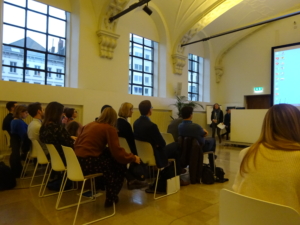
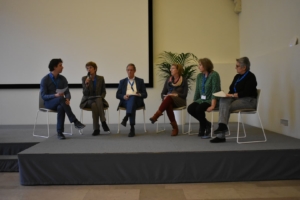
Other pathologies were also presented and patients representatives took part in a panel discussion « Patients’ burden : What healthcare professionals need to know ? ».
What’s new about Cutis Laxa
During the training session in Ghent, the first part of the morning was almost totally dedicated to Cutis Laxa.
Several cases were presented by young doctors.
An overview talk on Cutis Laxa presented the clinical classification of Cutis Laxa disorders. Cutis laxa has an extensive clinical and molecular heterogeneity.
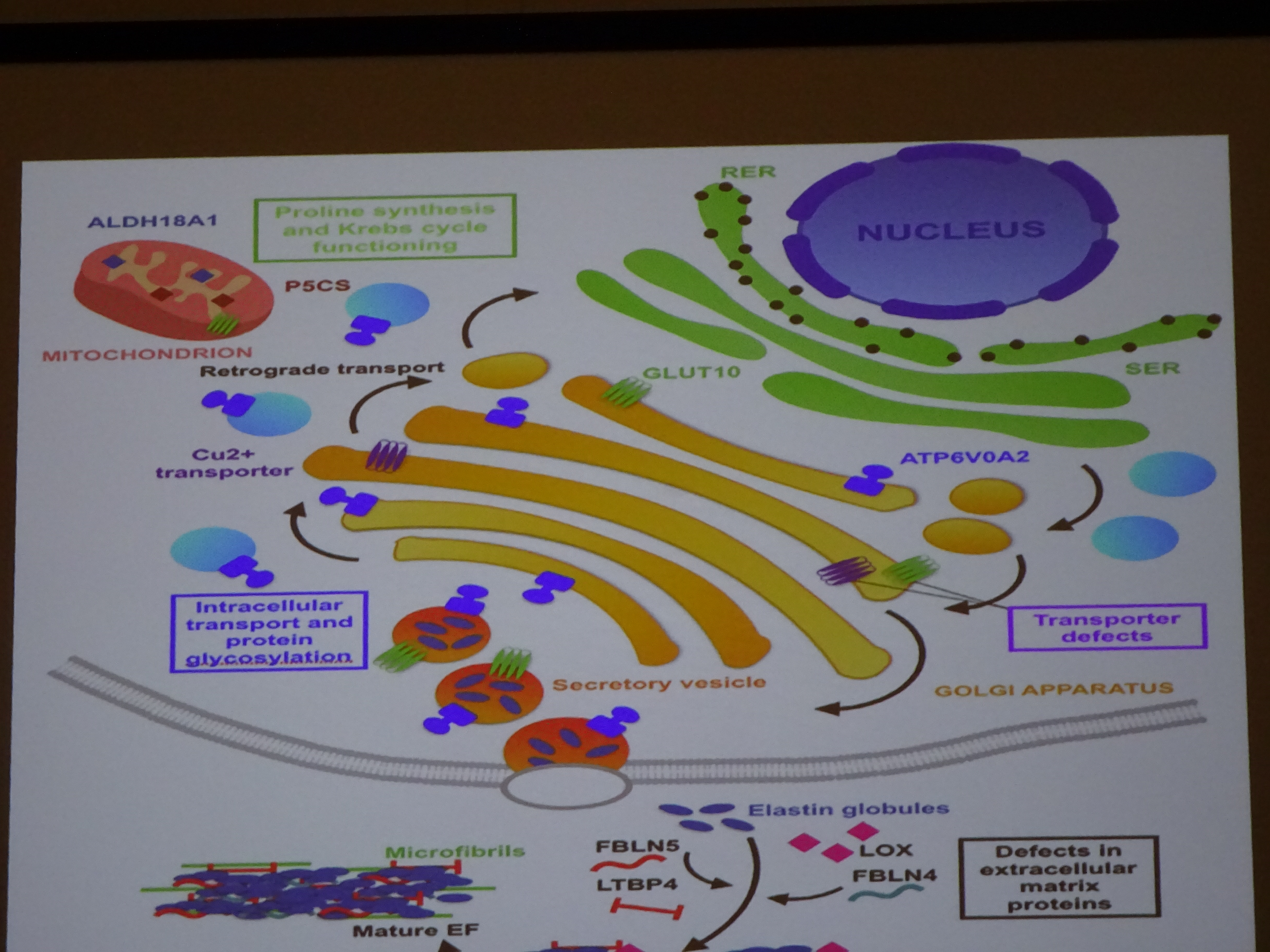
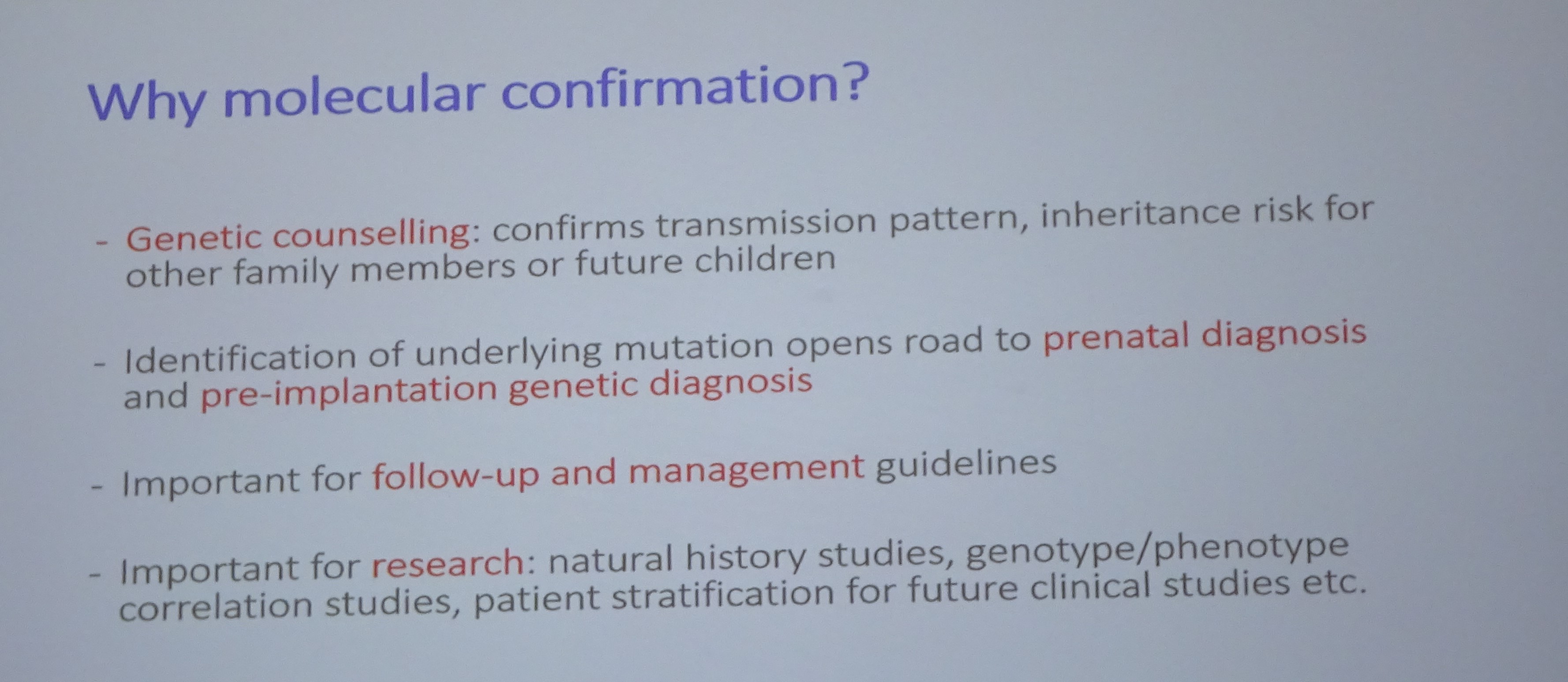
Based on a flowchart addressing the presence or absence of the main clinical symptoms, over 90 % of the people suffering from Cutis Laxa are correctly classified.
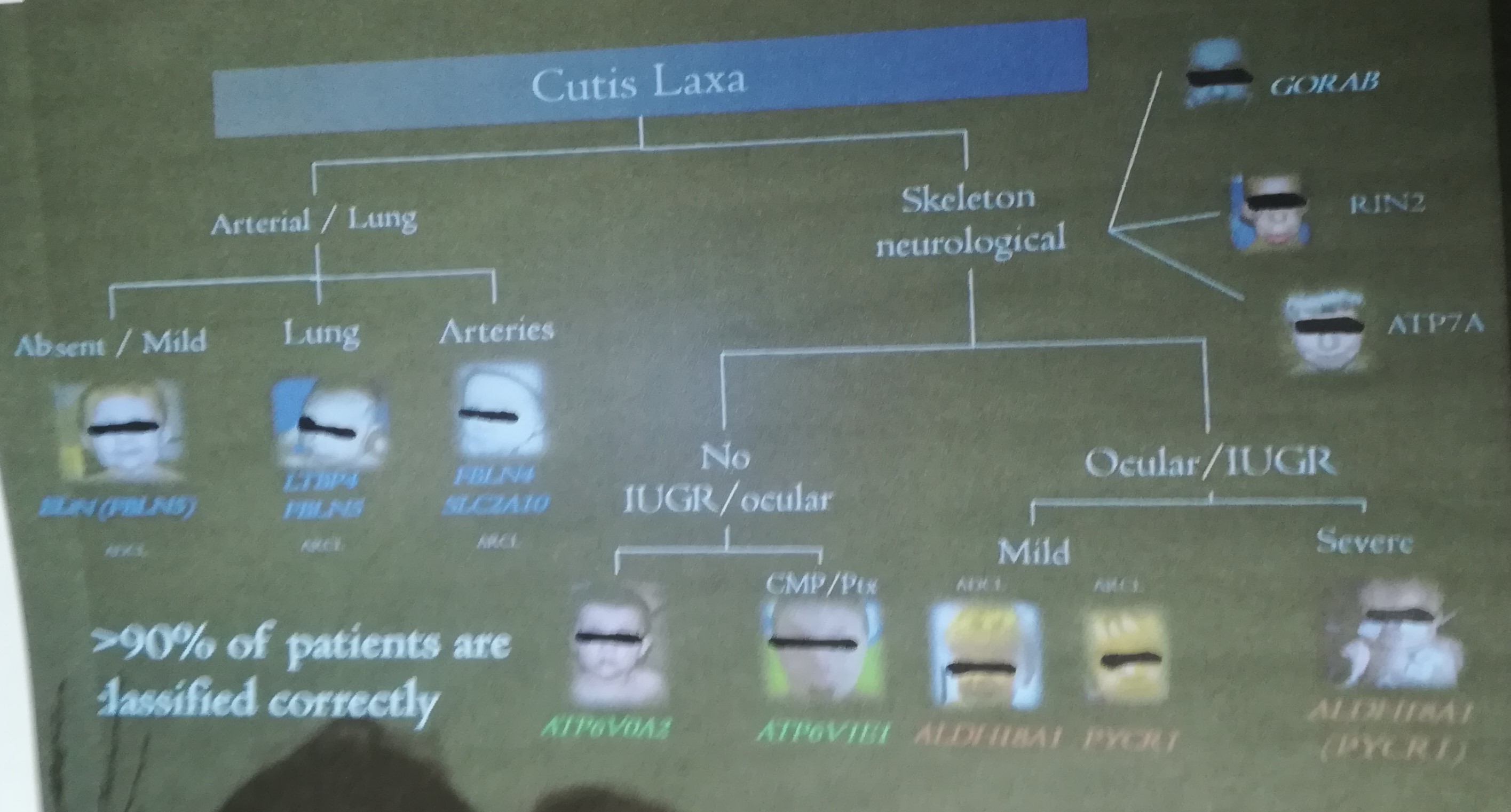
The main symptoms are: arterial tortuosity, emphysema, wrinkled/lax skin, neurological issues with or without intrauterine growth retardation (IUGR). In addition to those main symptoms, minor criteria are suggested for each type: arachnodactyly, aortic aneurysm, aortic stenosis, respiratory distress, diverticula, hearing loss, large anterior fontanelle, joint contractures, hip dislocation or ataxia.
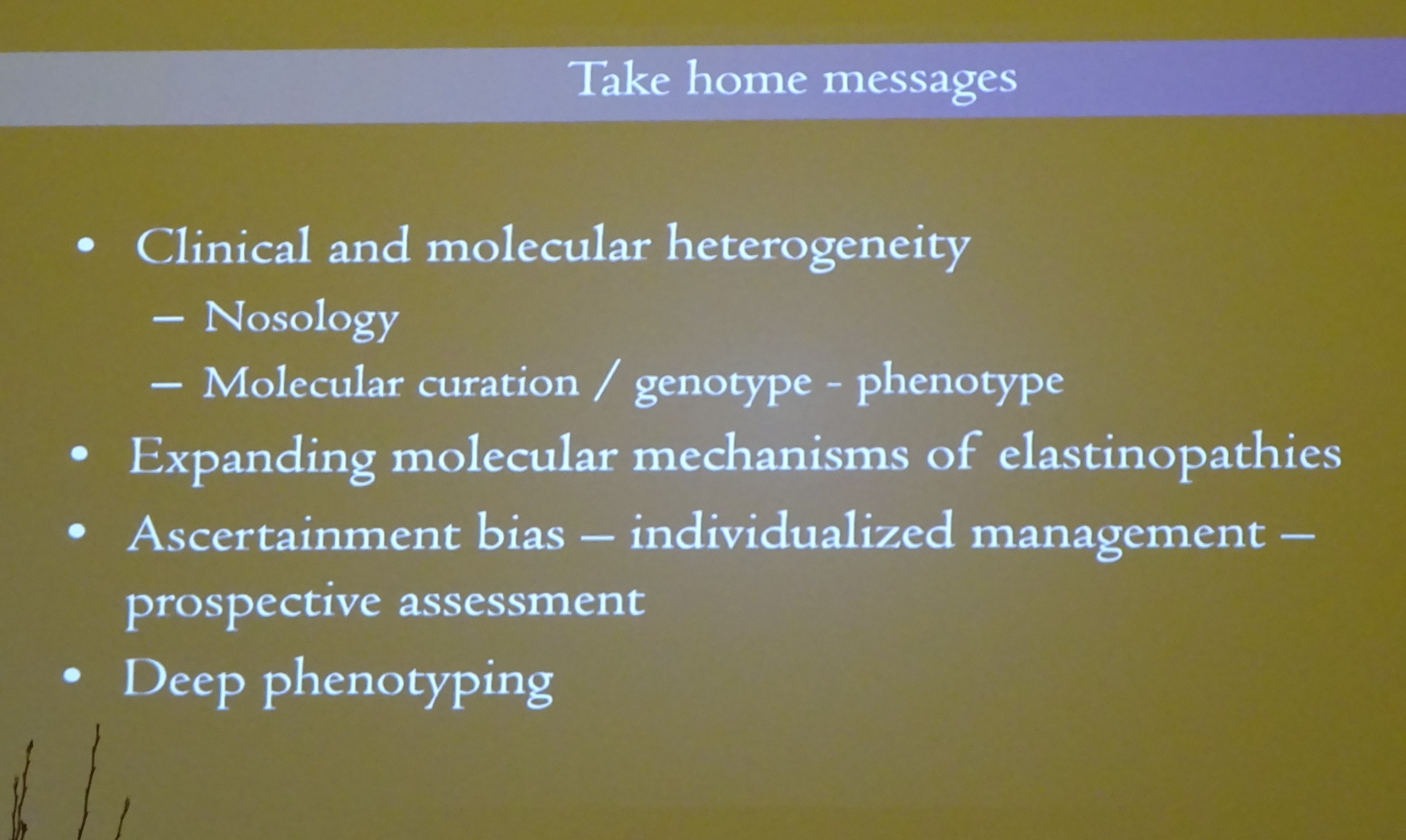
The classification was based on a ‘learning’ cohort of patients known to the Ghent University Hospital. Refinement of the classification is ongoing based on a confirmation cohort from literature (650 patients). Patients are classified based upon clinical examination and the main symptoms into major groups. Further refinement based on the minor criteria will eventually be able to predict the causal gen in over 95% of patients.
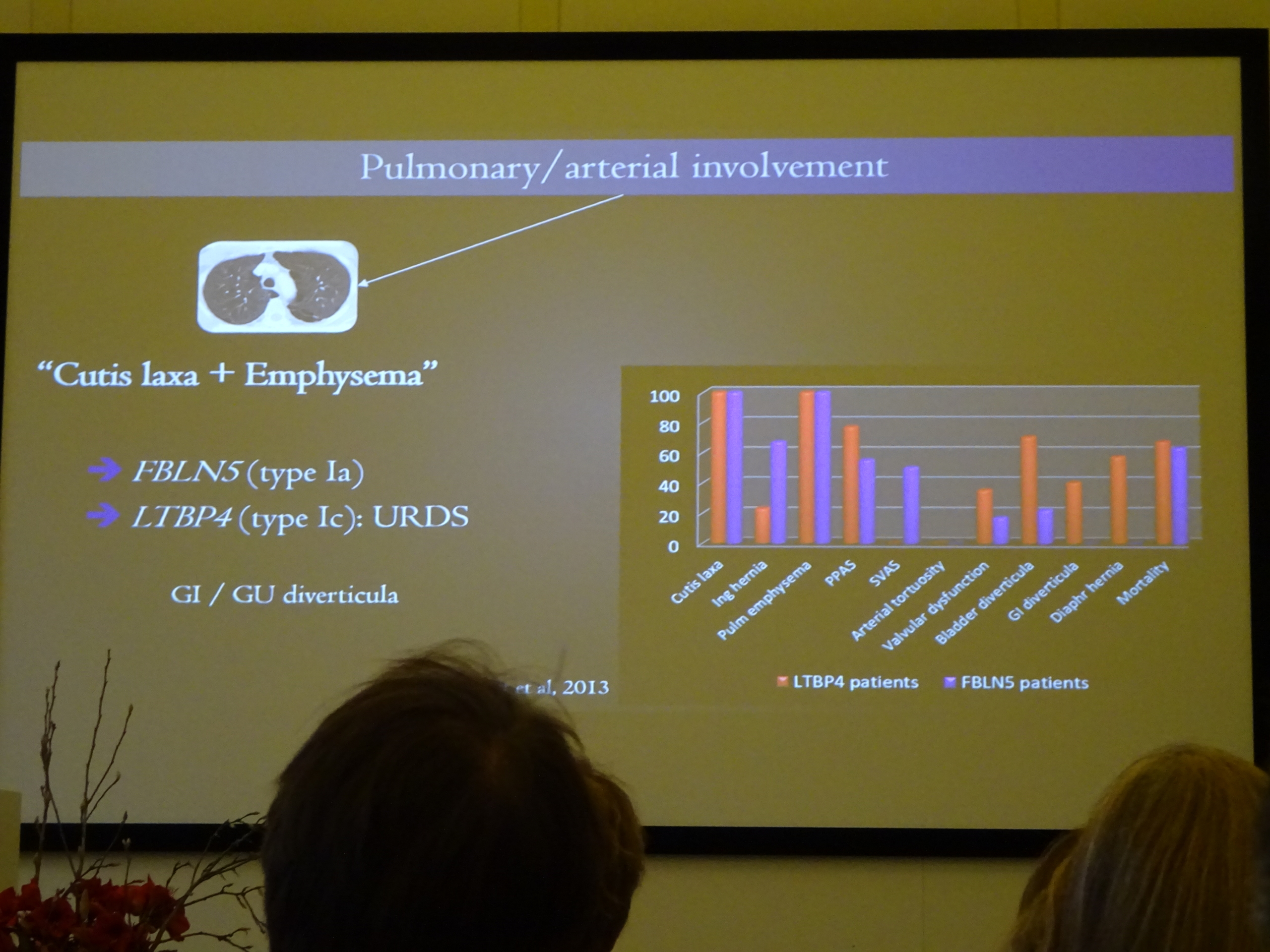
As an example, a patient with a lax skin, neurologic issues, intrauterine growth retardation as well as hip dislocation and ataxia, associated with ALDH18A1 mutation, will be diagnosed with Autosomal Recessive Cutis Laxa Type 3 or Syndrome De Barsy (ARCL3).
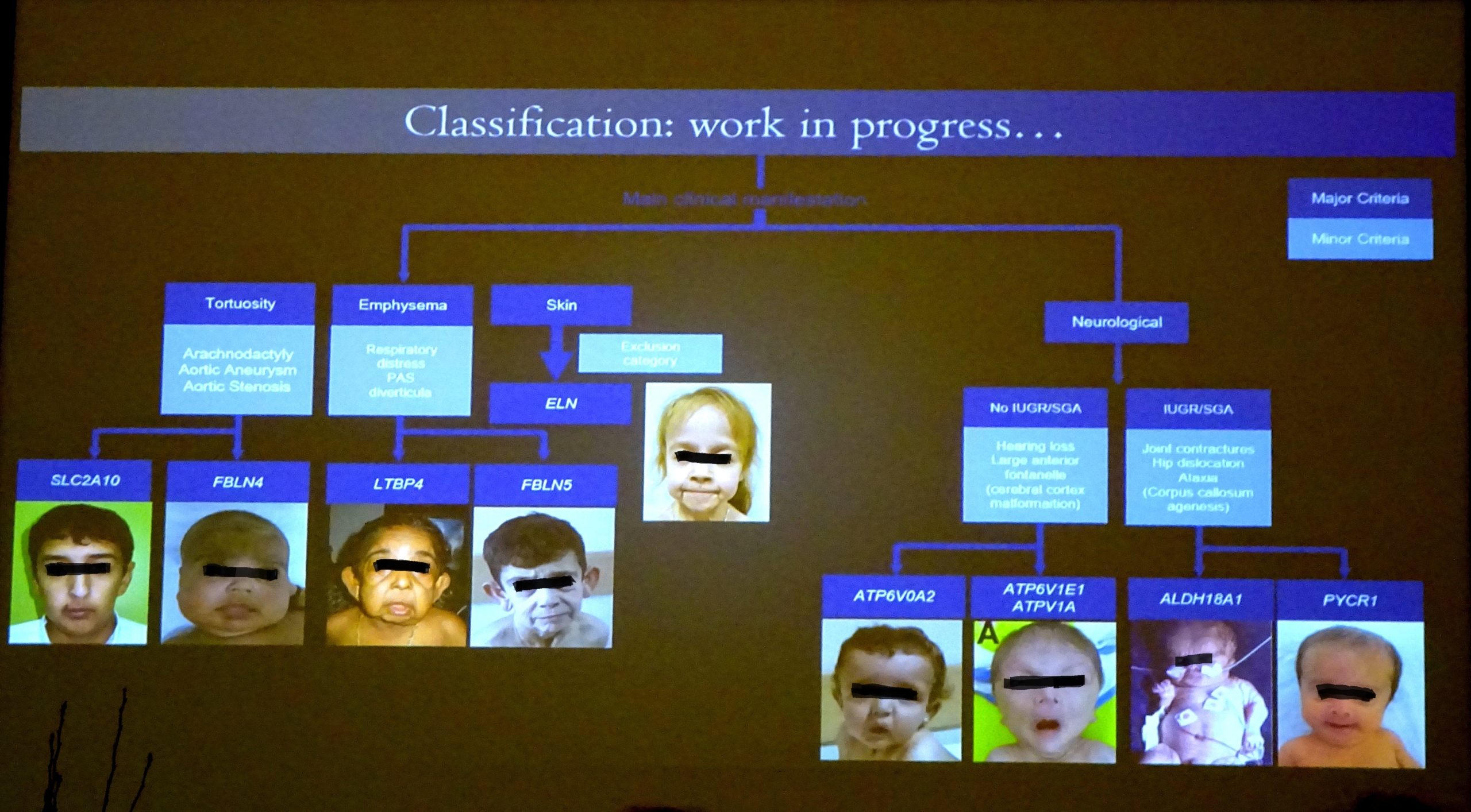
This new classification will help to a quicker diagnosis, interpretation of next-generation sequencing data and provide an opportunity of specific management and care for each type of Cutis Laxa.
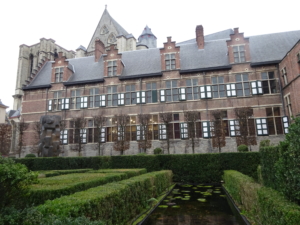
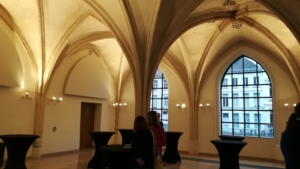
Ghent University welcomed this session in its historic buildings.
Pure marvel, as is all the city of Ghent..….
This site uses cookies. By continuing to browse the site, you are agreeing to our use of cookies.
OKLearn moreYou can read about our cookies and privacy settings in detail on our Privacy Policy Page.
Privacy Policy